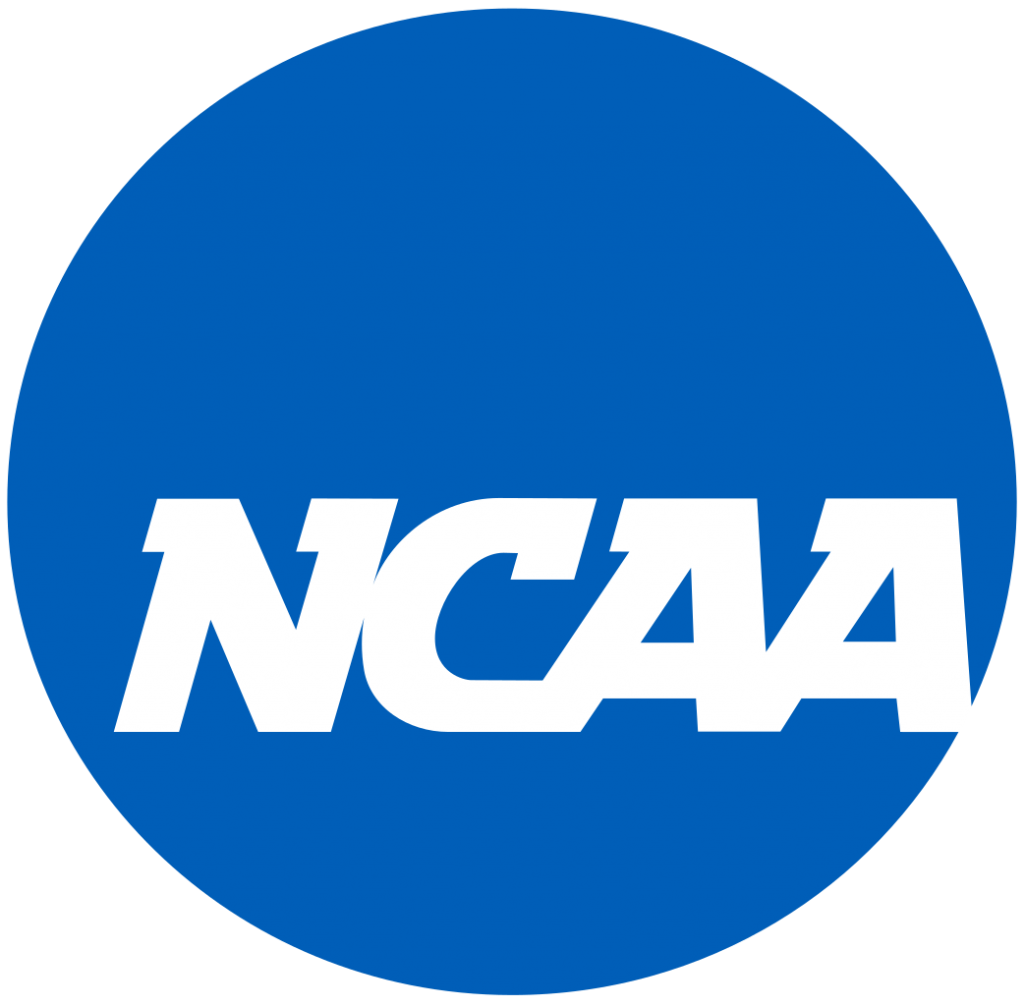
On March 17 the National Collegiate Athletic Association (NCAA) released a new ad on Twitter, in which they claim to show a day in the life of a student athlete. The video received a lot of backlash from current and former collegiate athletes, many professional players that played sports in college also answered to the tweet.
Students and former students claimed that the video was far from reality, some twitter users even labeled it as fake news. They brought up points including how the video doesn’t portrait the actual stress athletes go through on a daily basis, the lack of time to socialize with friends and how exhausted athletes get halfway through the day due to their chaotic schedules.
Tommy Olson, former University of Minnesota football player, said that he understands why so many athletes were bothered by the ad, since it doesn’t represent what student athletes actually have to go through. But Olson also pointed out that the ad was a way for NCAA to sell the idea of being a collegiate athlete, it was just a way to sell the brand – and when making a commercial for your company, you only show the good parts.
Also brought up by a few twitter users was how the NCAA exploits athletes. This commercial opened a window for people to argue about how the NCAA makes billions of dollars but doesn’t pay student athletes.
Richard Sherman, Stanford Alum and professional football player, commented on the matter, claiming how the video was a excuse for billionaires to not pay athletes.
Another issue that was commented on was the NCAA’s strict rules. Athletes have been complaining about the regulations made by the association, that are so rigorous that technically, the NCAA was not even allowed to use one of their own athletes to make the ad. This is not a new issue for NCAA athletes, but the backlash of the ad provided a platform for players to come together and openly expose their complaints.
Overall, the ad received a lot of critique and made students and former students bring up many important issues, to the extent that famous athletes came in and also shared their thoughts. The wide reach of the response demonstrated that the existing issues within the NCAA have been the reality of student athletes for a while and protests against these are yet to create lasting change.
